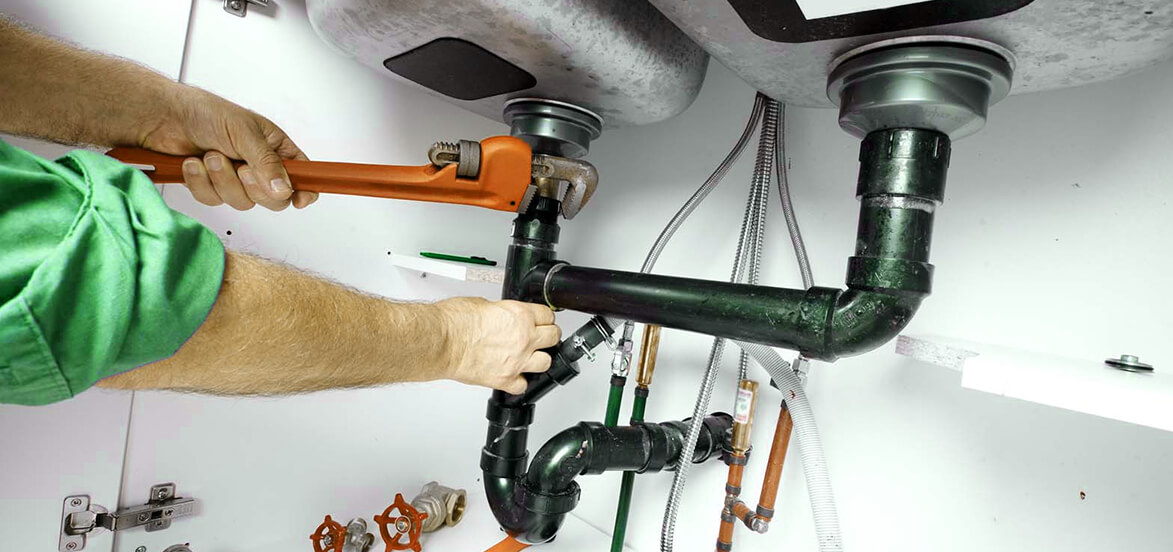Undertaking a home improvement project can be an exciting and rewarding experience, but it’s important to be realistic about the costs involved. Home renovations can be expensive, and it’s important to have a clear understanding of how much you can afford to spend before you get started. By creating a budget and sticking to it, you can ensure that your home improvement project stays on track and within your means.
Here are some steps to help you budget for your home improvement project:
- Determine your goals and priorities
Before you start planning your budget, it’s important to have a clear understanding of what you want to achieve with your home improvement project. Do you want to update the kitchen or bathroom? Add an extra bedroom or bathroom? Expand your living space with a deck or patio? Each of these projects will have a different cost associated with it, so it’s important to know what your priorities are before you start planning.
2. Research costs and gather estimates
Once you have a clear idea of what you want to achieve, it’s time to start researching costs and gathering estimates. This can involve contacting contractors or suppliers, getting quotes from multiple sources, and doing some online research to get a sense of what different materials and services cost. Keep in mind that estimates can vary widely, so it’s a good idea to get as many as you can to get a more accurate picture of the costs involved.
3. Create a budget
With a clear understanding of your goals and an idea of the costs involved, you can now start to create a budget for your home improvement project. There are a few key things to consider when creating your budget:
- Total budget: Start by determining your total budget for the project. This should be based on your financial situation and how much you can afford to spend.
- Breakdown of costs: Next, break down your budget into specific categories, such as labor, materials, permits, and any other expenses you may incur. This will help you see where your money is going and make adjustments if needed.
- Contingency fund: It’s also a good idea to set aside a contingency fund in case of unexpected expenses or changes to the scope of the project. A contingency fund of 10-20% of your total budget is a good rule of thumb.
- Get financing in place
If you don’t have the funds available to pay for your home improvement project upfront, you’ll need to explore financing options. This could include taking out a home equity loan, applying for a personal loan, or using a credit card. Keep in mind that each of these options will have different terms and interest rates, so it’s important to do your research and find the best option for you.
Keep track of your expenses
Once your home improvement project is underway, it’s important to keep track of your expenses to ensure you stay within your budget. This can involve keeping receipts, tracking your spending, and regularly reviewing your budget to make sure you’re on track. If you find that you’re going over budget, you may need to make adjustments or cut back on some of the features or materials you had planned to include.
Consider the value of the improvements
Finally, it’s important to consider the value of the improvements you’re making to your home. While some renovations, like a new roof or energy-efficient windows, may have a high upfront cost, they can also add value to your home and save you money in the long run. On the other hand, some renovations, like a swimming pool or a luxury kitchen, may not offer as much return on investment and may not be worth the cost.
Overall, budgeting for a home improvement




